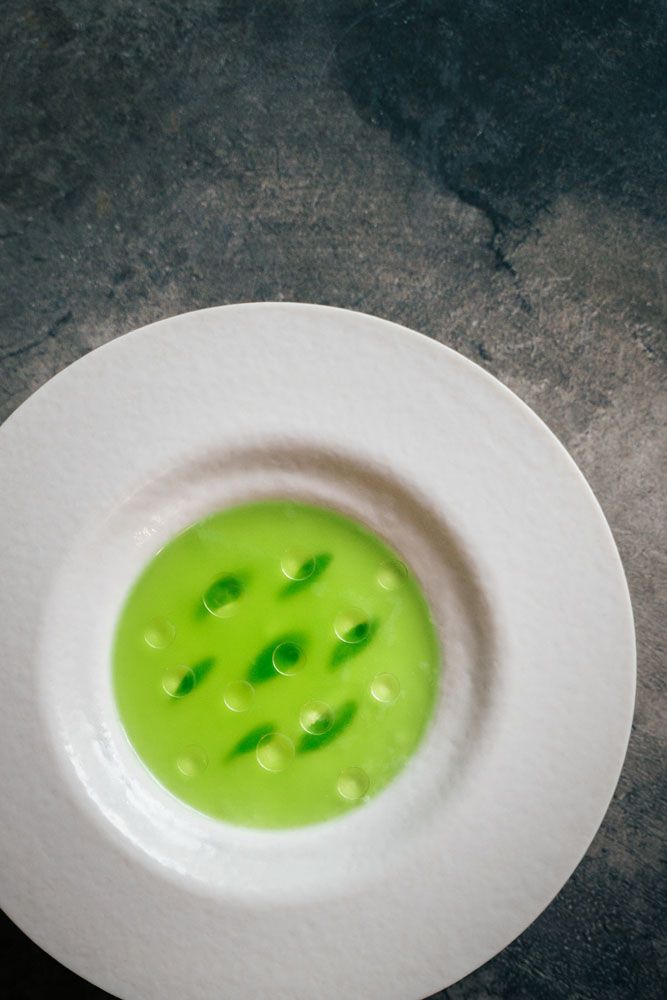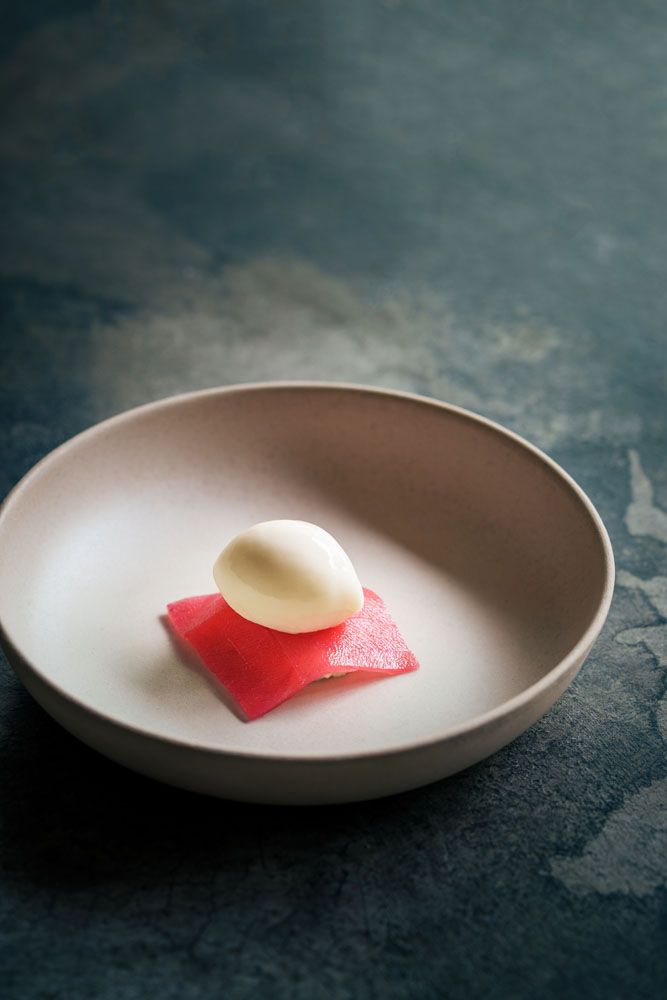The main woman behind Cloudstreet's innovative desserts sat down with Tatler to discuss what it was like growing up in a food-obsessed nation like Singapore and what inspired her to become a pastry chef
If you have visited Cloudstreet for dinner recently, you will have noticed the new ‘moving experience’, where guests start in the main dining room on the first floor and finish with desserts in the newly launched lounge on the second level.
The latter is helmed by Maira Yeo, who was recently crowned Asia’s Best Pastry Chef 2022 by Asia’s 50 Best Restaurants. The 30-year-old pastry chef, who trained at notable patisseries around the world including Aska in New York, USA, and Patrice Patisserie in Montreal, Canada, joined chef-owner Rishi Naleendra’s team in 2020. Since then she has spruced up the menu to create innovative offerings that play on interesting flavour combinations—much to the delight of new and loyal guests alike.
It was no surprise to many that she earned this prestigious accolade—well, except to Yeo herself, who shares that she was “100 per cent surprised” when she found out. While she admits that being “Asia's Best Pastry Chef” wasn’t really a goal she was aiming for, it was great motivation for the team to continue delivering an exceptional dining experience.
Following the announcement of the award, we sat down with Yeo to learn about her culinary influences, mentors and what we can expect from her dessert menu.
In case you missed it: Asia’s 50 Best Restaurants 2022 Revealed With Tokyo’s Den Claiming Top Spot
What was it like growing up in a food-obsessed nation like Singapore?
Maira Yeo (MY): Growing up in Singapore, it is easy for food to be a part of anyone’s life. You don’t realise how important it is until you leave the island, and you interact with some people who only think of it as something they eat to give them energy for the day.
When I grew up, it was very different. Our food had to be delectable and nicely presented—especially since I am Chinese. My mum is Teochew and my dad is Hokkien, and our meals always had at least one soup, one meat dish and a vegetable side. For my parents, that was a balanced meal.
What are your favourite food memories from growing up?
MY: I enjoyed helping my mum cook special dishes for various holidays. For Chinese New Year, we would always have extended family gatherings where everyone had to bring home-cooked meals. She would often prepare ngoh hiang, meat and vegetables wrapped with beancurd skin; and pineapple tarts. I would be her little minion who assisted her in melting the butter, and portioning out the meat or the dough.
These family gatherings would often turn into a friendly competition when my relatives would bring the same dishes, and my aunts would ask everyone: “Whose version is the nicest?”
Don't miss: Kotuwa: A New Sri Lankan Restaurant by Rishi Naleendra of Cloudstreet and Cheek Bistro Is Now Open




